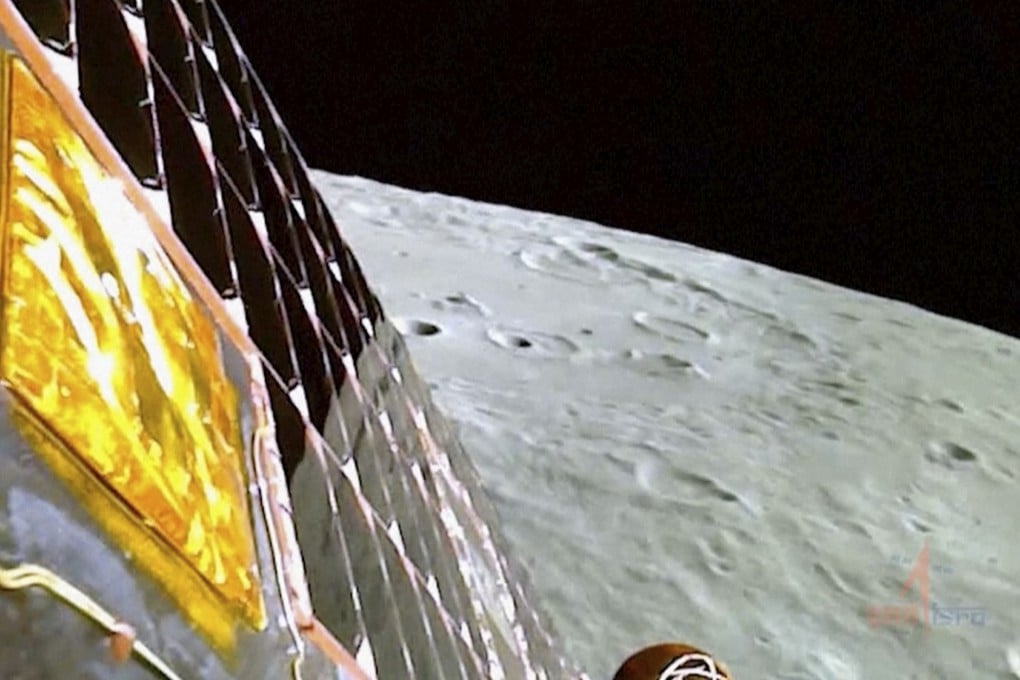Did India’s Chandrayaan-3 spacecraft really land near the moon’s south pole? Top Chinese scientist claims it didn’t
- Chinese lunar scientist disputes the claim, saying site was within moon’s southern hemisphere but not in polar region
- Other scientists agree, but one notes that landing a rover close to the south pole ‘is already a major achievement’

But on Wednesday, Chinese cosmochemist Ouyang Ziyuan – who was the chief scientist on the country’s first lunar mission – said it was inaccurate to say the spacecraft had landed near the lunar south pole.
Ouyang, a member of the Chinese Academy of Sciences, told its official Science Times newspaper that “the landing site of the Chandrayaan-3 was not at the moon’s south pole, not in the polar region of the moon’s south pole, nor was it ‘near the Antarctic polar region’”.
The rover landed at a latitude of around 69 degrees south. Ouyang told the news site it was within the moon’s southern hemisphere but not in the polar region, which he considered to be “between the latitudes of 88.5 and 90 degrees”.
The earth’s rotational axis is tilted at around 23.5 degrees relative to the sun, so the southern pole is defined to be between 66.5 and 90 degrees south. But Ouyang argued that since the moon’s tilt was only 1.5 degrees, the polar region was much smaller.

